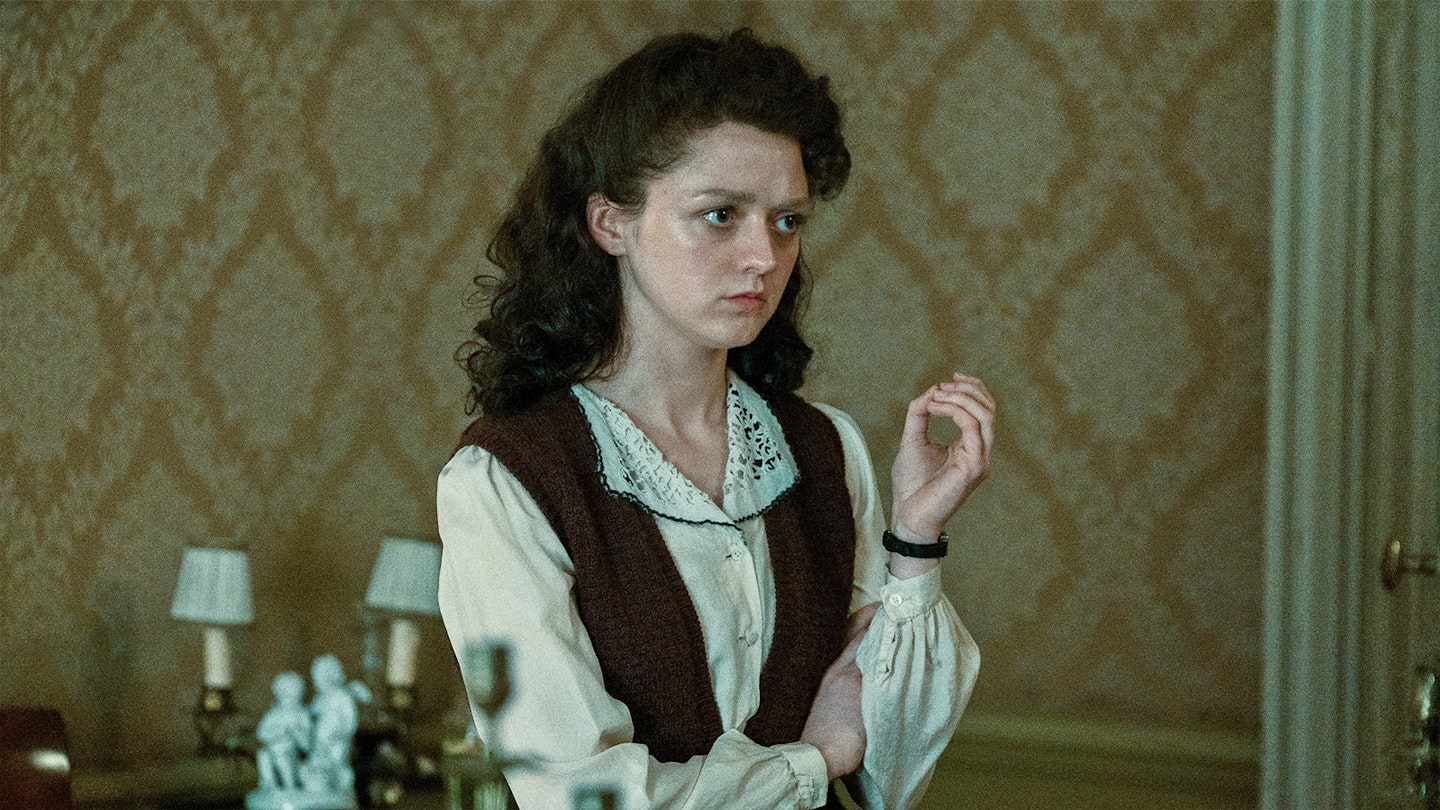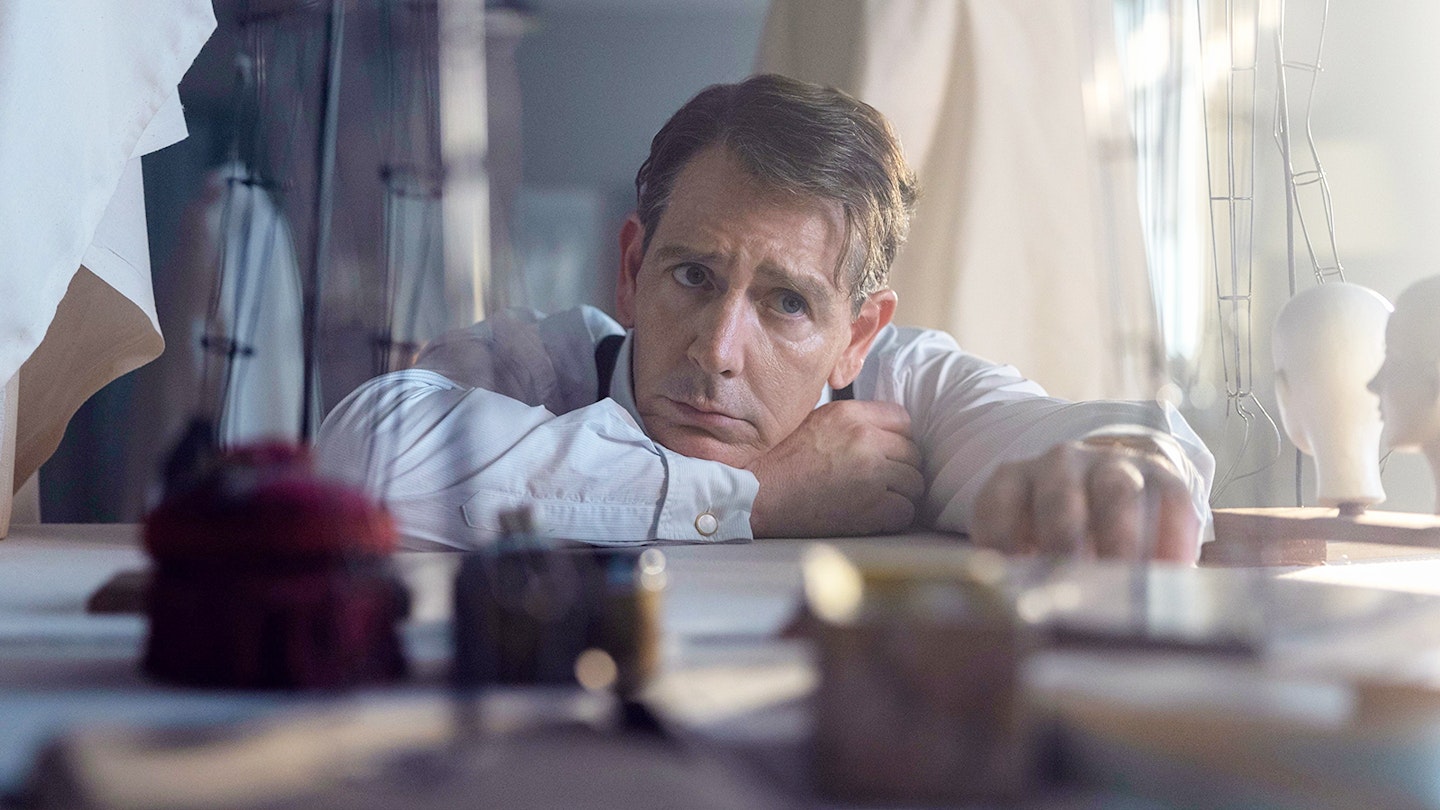Streaming on: Apple TV+
Episodes viewed: 10 of 10
“All I ever wanted to do is design the most beautiful women’s clothing that ever existed,” proclaims a fragile-looking Christian Dior (Ben Mendelsohn). It’s Paris in 1955, and Dior has become the first fashion designer to speak at the Sorbonne in its 700-year history. To his adoring fans, his 1947 haute couture collection dubbed ‘The New Look’ by Harper’s Bazaar editor-in-chief Carmel Snow (Glenn Close) revolutionised French fashion and restored hope, love and faith back into the world after the devastating aftermath of the Second World War. Not everyone agrees with the sentiment: Juliette Binoche’s Coco Chanel — with plenty of gusto and fire in her belly — tells reporters she’s coming out with a new collection to save French couture, because Christian ruined it. Then we go back to 1943, to the height of World War II.

Sadly, The New Look is a disappointing style-over-substance affair. It offers something markedly different from World War II-era counterparts like Band Of Brothers, Masters Of The Air or One Life — a commendable effort, but it never fully capitalises on its ambitious premise. Best known for The Sopranos and Damages, creator Todd A. Kessler pivots away from Allied efforts or Nazi acts of terror to gaze upon two fashion icons, Dior and Chanel, during a pivotal time in their careers.
The entire plot is wild, and will prompt many fact-checking trips to Google.
Fashionista rivalry may have been the show’s selling-point, but this is less Phantom Thread, more watered-down Casablanca: political and moral wartime intrigue, featuring a who’s who of French fashion. Cristóbal Balenciaga (Nuno Lopes), Pierre Balmain (Thomas Poitevin) and Lucien Lelong (a slippery-accented John Malkovich) all grace the screen like a kind of League Of Extraordinary Couture-Men, navigating Nazi-occupied France without being seen as collaborators and traitors to their country (yet continuing to design and make dresses for the enemy so their businesses can survive).
Kessler doesn’t shy away from the brutal horrors committed by the Third Reich, but the series loosely attempts to depict the troubling history behind Dior and Chanel’s rise to fame and notoriety. A flash-forward to 1955, where one student bravely asks Dior about his involvement in the war (versus Chanel closing her ateliers at its start), pits its designers against each other on questions of who is guilty of collaborating with the Nazis and who stood on the right side of history. But as the series shows, it’s far more complicated than that.

The New Look presents itself as glamour meets floral decadence (as judged by its opening credits), so much so that French royalty — such as actor and singer Arletty (played by Joséphine de La Baume) — can pop in for a cameo appearance. It can create a somewhat discombobulating viewing experience. Reality quickly sets in when Christian’s sister, Catherine (Maisie Williams), a French Resistance fighter, is kidnapped by the German Gestapo, tortured and sent to the Ravensbrück concentration camp. While Christian fights for her freedom, Coco finds herself wrestling for financial control and ownership of her company, going to any lengths necessary — including schmoozing up to Nazi officials and having an affair with Claes Bang’s Hans Von Dincklage. In exchange for her loyalty (and to make Berlin the couture capital of the world), she becomes a German spy under the guise of ‘Agent Westminster’ to utilise her connections and lure out her friend Winston Churchill.
The entire plot is wild, and will prompt many fact-checking trips to Google. Amid the slow-burn delivery and exuberant production design, there are good ideas stitched within the seams of the show. Every threaded needle aims to give context and emotional reasoning behind the conflicted decisions made by Dior and Chanel. Binoche is clearly having fun, embodying Chanel’s duplicitous, chameleonic personality amongst the societal elite; Mendelsohn is equally impressive, nailing the duelling responsibilities in his life.
Yet despite The New Look’s best intentions, there is a distinct lack of commitment towards its themes. If you're looking for an in-depth examination of the visionary craft that defined Dior and Chanel’s success, it offers little insight into how they were able to bring about revolutionary change to the industry, especially when Dior and Chanel don’t get enough screen time together to cement a ‘rivalry’, per se. The New Look may attempt to offer the humanity behind the artist, but a misguided refusal to look deeper than a Wikipedia entry means this is nothing more than a light brushstroke of events or characters. In its current state, it could do with some necessary alterations.
